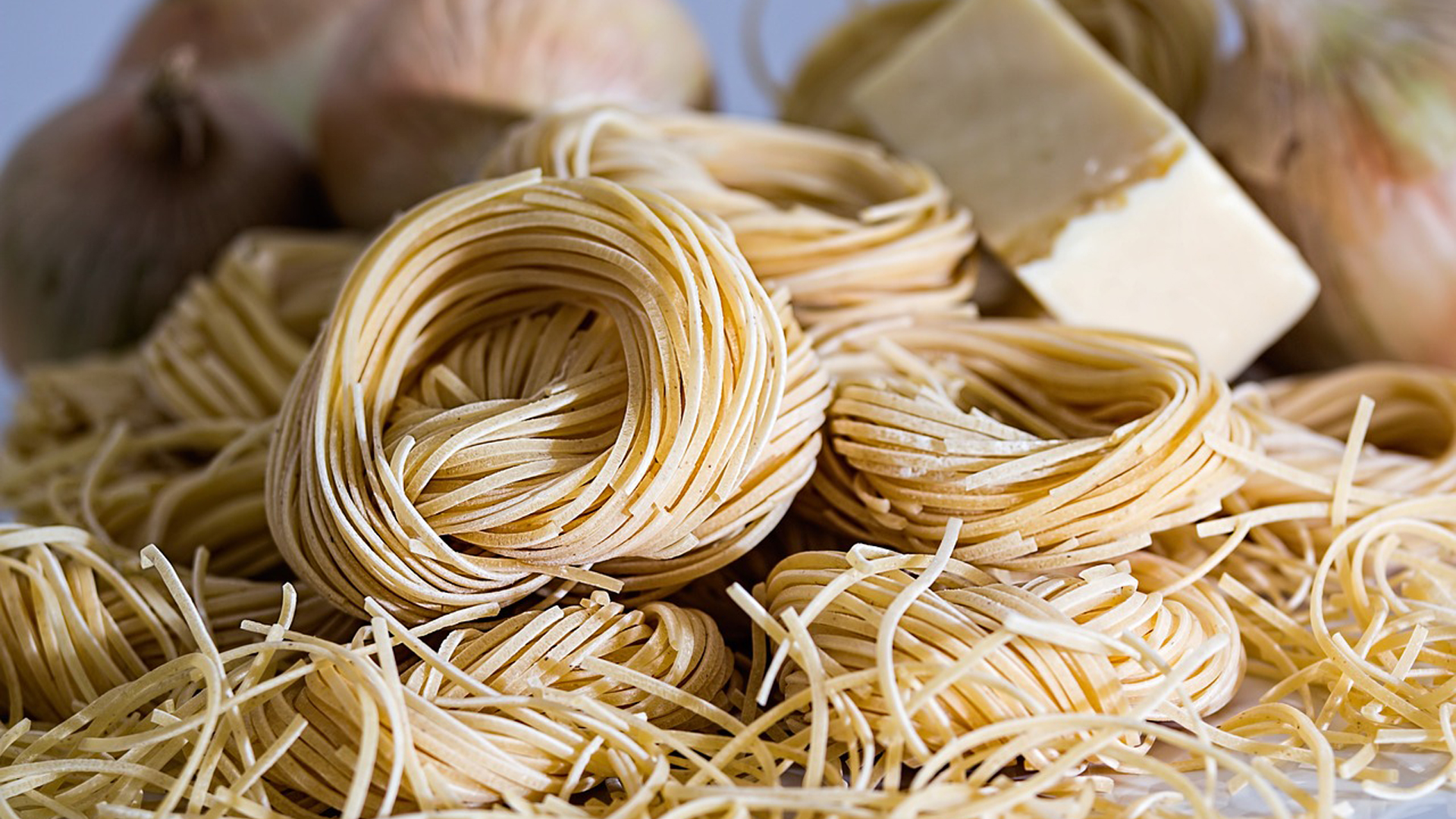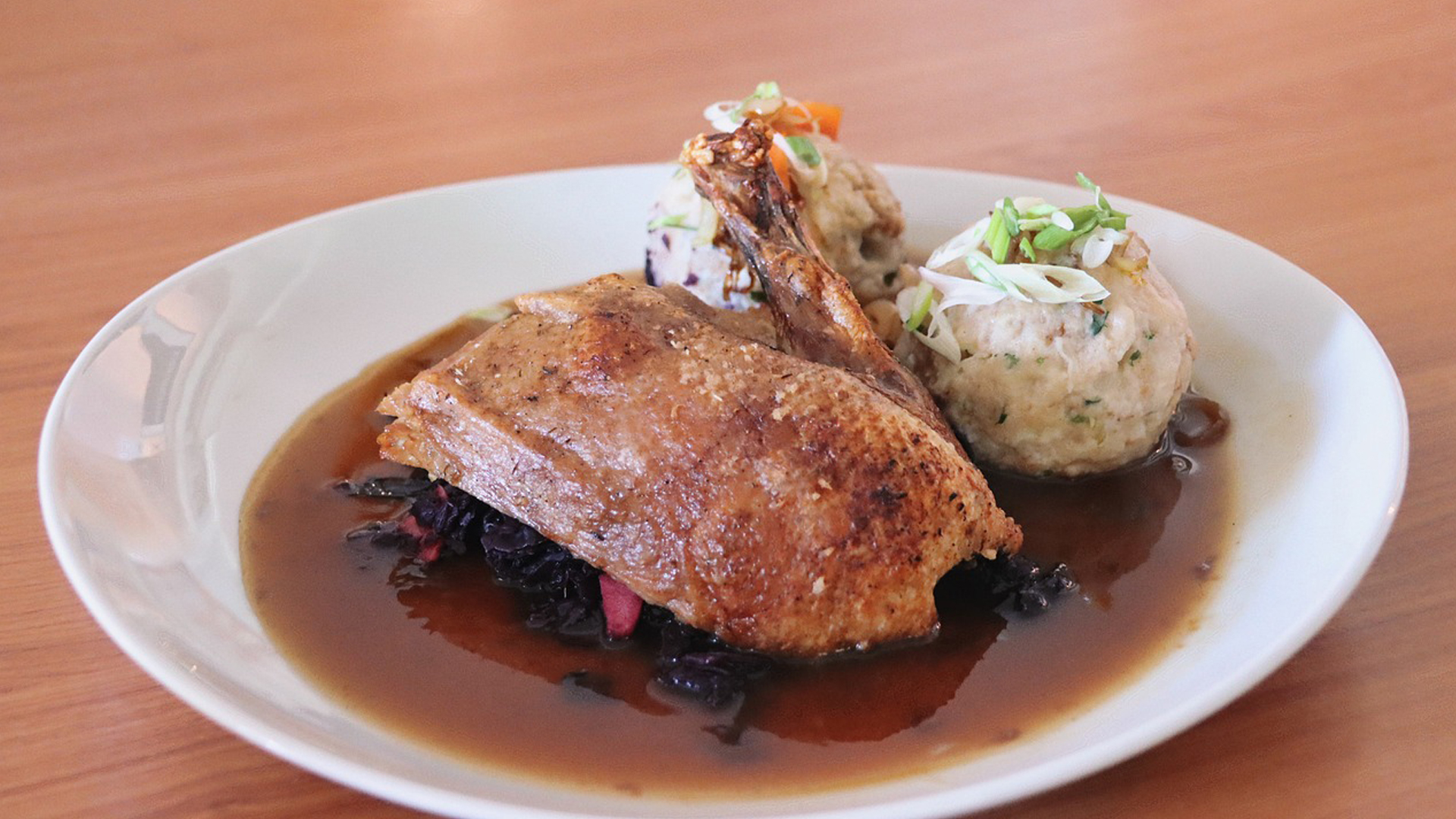The summertime festival is held in Venice to commemorate the end of a medieval plague. Today, the festival is one where Venetians eat and drink late into the night. Street foods and too much alcohol often are eaten alongside these traditional dishes:
Bovoletti

Known in the local dialect as bovoeti, these small, wild snails are a fixture of the festa menu. The snails begin appearing in April and can be harvested through October. They don't live in the water, but rather in marshlands and forests near the coastline. Before eating them, the snails must be soaked in a solution of saltwater, with the water refreshed several times, to clean them and remove toxins. During the festival, the snails are usually cooked with garlic and olive oil. After they are boiled, they are tossed with garlic, oil, parsley, and pepper, and because of their diminutive size, eaten with toothpicks.
Sfogi in Saòr

This marinated fish dish is made with a young filet of sole or sardines (sardi in Saòr) in celebration of the festival according to Clifford Wright in The Little Foods of the Mediterranean. The saòr, meaning flavor in Venetian dialect, was a method of preservation often used by Venetian sailors to preserve foods for long ocean journeys. The saor is made of white wine, vinegar, white onions, pine nuts, and raisins. The dish is often made with sardines, but the sole is used during the festival. Jayne Cohen explains in her book Jewish Holiday Cooking, that the technique likely originated as a Jewish-Italian tradition of preparing fish for the sabbath. The fish would be doused in hot vinegar as a preservative. The vinegar, however, would bring an acidic taste to the party.
Bigoli in Salsa

Bigoli pasta is similar to spaghetti but made of whole wheat and is much thicker, and traditionally the egg used as a binder was from a duck. The pasta is common in Venice and Lombardy. They first appeared in the 1600s, the creation of a Paduan pasta maker, according to Rosemarie Scavo at Italy Magazine. The pasta is also somewhat difficult to make from scratch. To celebrate the Festa del Redentore, the pasta is cooked in a sauce made from onion and anchovies, although historically it was often made with sardines. In the book, Food of the Italian Islands, Katie Parla describes the pasta as a "fixture" of the celebration with locals bringing homemade pasta in Tupperware containers to the main plaza where they drink and party.
Pasta e Fasoi

In Venetian dialect, fasoi, fasioi, or fazzui, refers to patsa fagioli, a bean and pasta soup. The hearty soup is often served at Christmastime and during the winter, but it makes an appearance too during the July festival, usually served with ditalini, oil, and Parmesan cheese.
Anara Col Pien

Historically, Venetian farmers would have plenty of access to ducks–and its why the preferred eggs for Bigoli pasta are duck eggs–and naturally that means eating the birds as well. The festival is a great time to stuff a whole duck and roast it. What makes this dish unique is the stuffing. There are plenty of variations with this recipe, but most include a combination of salami and organ meats like hearts, livers, gizzards, and other offal, along with Parmesan cheese.
Ian MacAllen
Ian MacAllen is America Domani's Senior Correspondent and the author of Red Sauce: How Italian Food Became American. He is a writer, editor, and graphic designer living in Brooklyn. Connect with him at IanMacAllen.com or on Twitter @IanMacAllen.

